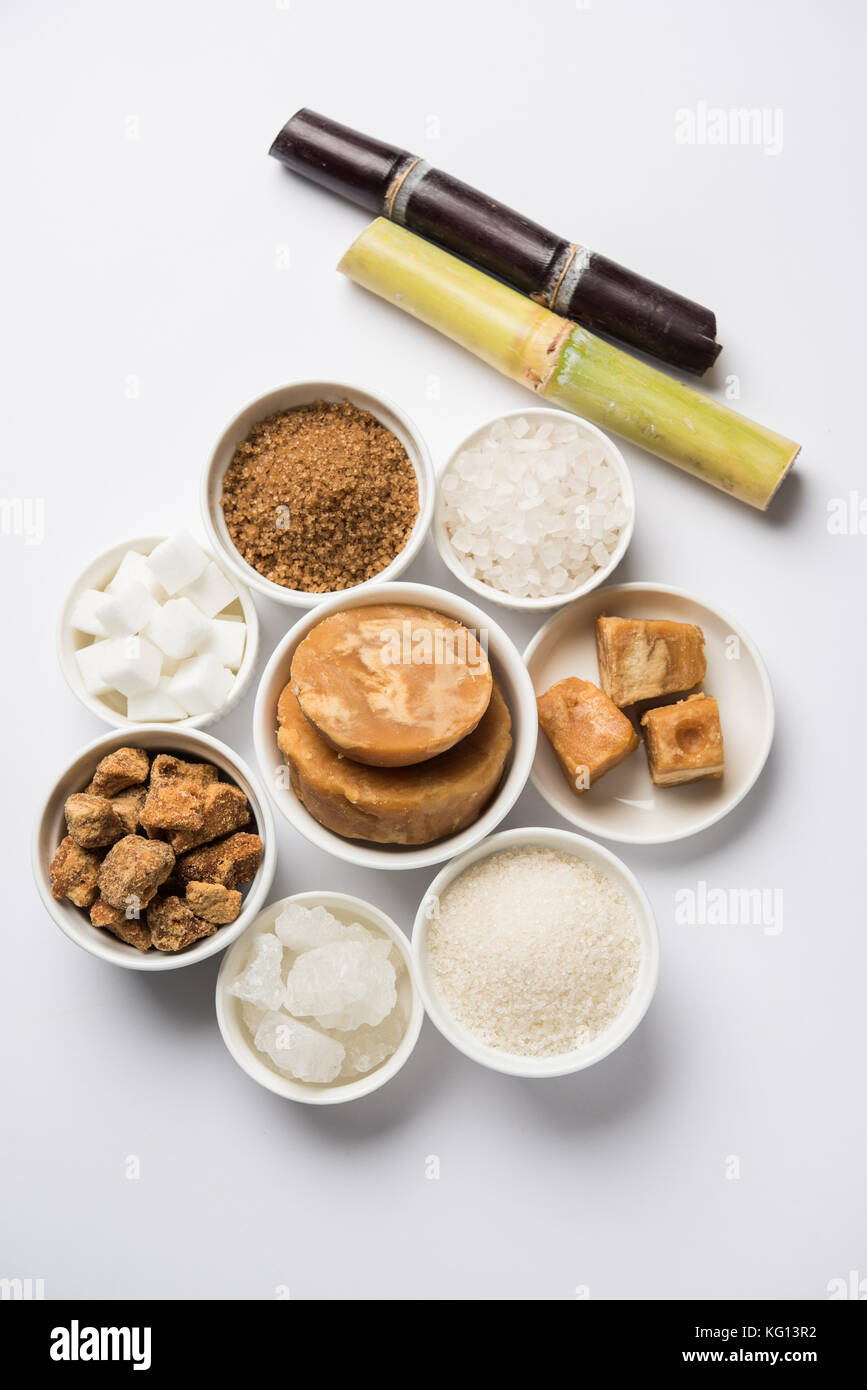Sugarcane Product: A Key Ingredient in Green Packaging Solutions
Sugarcane Product: A Key Ingredient in Green Packaging Solutions
Blog Article
The Trip of Sugarcane: From Harvest to Everyday Products
The journey of sugarcane is a diverse process that begins with careful cultivation and culminates in a selection of products that penetrate our day-to-day lives. As we check out the various elements of sugarcane's journey, its function in sustainability and the more comprehensive implications for our setting come into sharper emphasis.
Growing of Sugarcane
The farming of sugarcane is a crucial agricultural process that needs particular ecological problems and monitoring techniques. Ideal growth takes place in subtropical and exotic regions where temperature levels range between 20 ° C and 32 ° C. Adequate rainfall or watering is vital, as sugarcane flourishes in moist dirt with well-drained problems (sugarcane product). Soil high quality considerably influences yield; hence, farmers commonly carry out soil examinations to determine nutrient requirements
This approach helps with reliable collecting and makes the most of sunshine exposure. Plant turning and intercropping are advised practices to boost soil fertility and reduce parasite invasions.
Timely application of these fertilizers can significantly enhance sugar yields. Generally, effective sugarcane cultivation pivots on a mix of ecological stewardship, strategic planning, and continuous administration practices.
Collecting Techniques
Successful sugarcane growing finishes in the harvesting stage, which is crucial for maximizing yield and making sure top quality. The timing of the harvest is critical; sugarcane is typically collected when sucrose degrees height, usually in between 10 to 18 months after growing. This duration differs based on environment, dirt kind, and sugarcane variety.
Collecting methods can be extensively classified right into manual and mechanical techniques. Hands-on harvesting is labor-intensive, counting on knowledgeable employees who utilize machetes to cut the stalks close to the ground. This method permits discerning harvesting, where just the ripest walking canes are picked, therefore boosting general sugar material.
Conversely, mechanical harvesting has actually gained appeal due to its efficiency and cost-effectiveness. Specialized farmers outfitted with cutting knives and conveyor systems can process huge locations rapidly, considerably minimizing labor expenses. Nonetheless, this method may result in the addition of immature walking canes and a prospective decrease in sugar top quality.

No matter the method used, guaranteeing that collected canes are moved rapidly to refining centers is necessary. Motivate dealing with decreases perishing and preserves the stability of the sugarcane, setting the phase for optimum handling.
Processing Approaches
Handling sugarcane includes a number of important actions that transform the harvested stalks right into usable products, mainly sugar and molasses. The preliminary stage is cleaning the walking cane to remove dirt and particles, adhered to by the removal of juice with crushing or milling. This procedure normally employs heavy rollers that break the cane fibers to launch the sweet fluid included within.
When the juice is drawn out, it undergoes clarification, where impurities such as soil fragments and bagasse are eliminated. This is commonly achieved by including lime and heating the juice, permitting sedimentation. The made clear juice is after that focused via evaporation, where water web content is lowered, resulting in a thick syrup.

Inevitably, the processing of i loved this sugarcane not only produces sugar and molasses yet also prepares for numerous by-products, which will be explored in subsequent discussions.
Products Derived From Sugarcane
Sugarcane is a versatile plant that yields a large variety of products past just sugar and molasses. Among the primary spin-offs are ethanol and biofuels, which have acquired importance as renewable power resources. Ethanol, generated through the fermentation of sugarcane juice, acts as an alternative to nonrenewable fuel sources and is frequently combined with gas to develop cleaner-burning gas, lowering greenhouse gas exhausts.
In addition, sugarcane is a substantial resource of bagasse, the coarse deposit staying after juice removal. Bagasse is made use of in various applications, including the production of paper, eco-friendly product packaging, and as a biomass gas for power generation. Its usage not only decreases waste yet additionally enhances the sustainability of sugarcane handling.
In addition, sugarcane-derived products prolong to the food sector, where it acts as an all-natural flavor representative and sweetener in various cooking applications. In the world of cosmetics, sugarcane removes are integrated into skincare items because of their all-natural exfoliating residential or commercial properties.
Environmental Effect and Sustainability
The farming and processing of sugarcane have significant effects for environmental sustainability. This plant requires significant water sources, typically resulting in deficiency of neighborhood water supplies and influencing surrounding ecosystems. Additionally, making use of fertilizers and pesticides in sugarcane farming can result in soil deterioration and waterway contamination, presenting dangers to biodiversity.

Sustainable sugarcane farming also promotes dirt wellness through plant rotation and minimized tillage, boosting carbon sequestration. The fostering of these techniques not only sustains ecological stability however additionally boosts the strength of farming communities versus environment modification.
Verdict
In recap, the trip of sugarcane encompasses different phases from farming to handling, ultimately resulting in a vast variety of products. The importance of sugarcane expands beyond mere sweeteners, adding to renewable resource via ethanol manufacturing, lasting packaging by means of bagasse, and natural extracts for cosmetics. This complex plant plays a vital duty in both dietary enrichment and environmental sustainability, highlighting its importance in contemporary farming and industrial practices.
Effective sugarcane growing finishes in the gathering phase, which is critical for maximizing yield and making sure high quality. The timing of the harvest is essential; sugarcane is normally gathered when sucrose levels top, normally in between 10 to 18 months after growing.Handling sugarcane includes several essential steps that change the collected stalks right into functional items, mainly sugar and browse around this site molasses.Sugarcane is a flexible plant that generates a broad array of items beyond just sugar and molasses. In addition, the use of plant foods and chemicals in sugarcane farming can result in dirt deterioration and waterway pollution, posturing threats to biodiversity.
Report this page